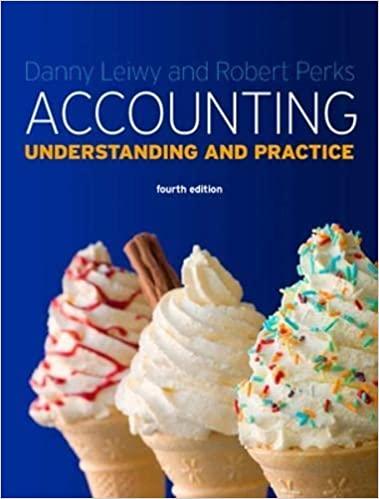Question
Authentic Assessment Module 13: Variance Analysis Open your Excel Workbook and name a new tab Variance Analysis. Modeling your analysis on the template I have
Authentic Assessment Module 13: Variance Analysis
Open your Excel Workbook and name a new tab Variance Analysis. Modeling your analysis on the template I have provided in the workbook in Resources, use the information below on the Green River Fertilizer Company to compute standard costs, variances, and journal entries. I would strongly suggest you re-create the Standard Cost Card on your Excel spreadsheet to use in calculating the variances (which need to be done in the three-prong method). As always, the model should be well formatted and have formulas and linked cells where possible. Your variances must be in absolute terms (no parentheses, red ink, or negatives) and include a U or F. Please use cell highlighting so I can find your numbers easily (in other words, fill the background with a light shade). Dont forget that we are using standard costing in our journal entries! Please place your journal entries to the right of the variance charts.
Green River Fertilizer Company
At the beginning of the year, GRFC had the following standard cost sheet:
| Standard Cost Sheet for Green River Fertilizer Company | |
| Direct materials (5 lbs. @ $2.60/lb.) | $13.00 |
| Direct labor (0.75 hr. @ $18.00/hr.) | 13.50 |
| Fixed overhead (0.75 hr. @ $4.00) | 3.00 |
| Variable overhead (0.75 hr. @ $3.00) | 2.25 |
| Standard cost per unit | $31.75 |
GRFC computes its overhead rates using practical volume, which is 54,000 units. Sales price per unit is $32 and the company budgeted for sales of 54,000 units. The actual results for the year are as follows:
- Units produced: 53,000
- Direct materials purchased: 274,000 pounds at $2.50 per pound
- Direct materials used: 270,300 pounds
- Direct labor: 40,100 hours at $17.95 per hour
- Fixed overhead: $161,700
- Variable overhead: $122,000
- Actual Revenue: $1,700,000
- Prepare journal entries in good form (with notes, but you dont need dates or transaction numbers) for the following:
- The purchase of direct materials
- The issuance of direct materials to production (WIP)
- The addition of direct labor to WIP
- The addition of applied overhead to WIP
- The incurrence of actual overhead costs
- Closing out of variances to Cost of Goods Sold (HINT: this is easier if you do T-accounts first)
- Close direct variances to CGS
- Record overhead variances
- Close overhead variances to CGS
Step by Step Solution
There are 3 Steps involved in it
Step: 1

Get Instant Access to Expert-Tailored Solutions
See step-by-step solutions with expert insights and AI powered tools for academic success
Step: 2

Step: 3

Ace Your Homework with AI
Get the answers you need in no time with our AI-driven, step-by-step assistance
Get Started


